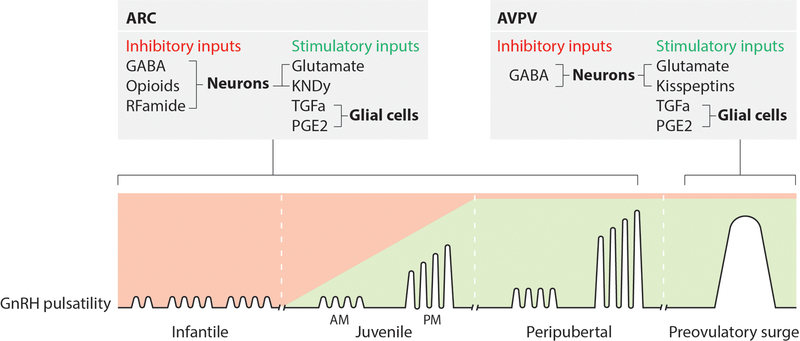Figure 1: Hypothalamic regulation of pulsatile GnRH release.
The control of puberty is exerted by excitatory and inhibitory transsynaptic inputs to GnRH neurons. The current concept claims that the initiation of puberty implicates a shift from a mainly inhibitory to a stimulatory mode of control. This results in the diurnal activation of pulsatile GnRH release, leading to increased LH pulsatility, which is the first endocrine manifestation of puberty. Changes in pulsatile GnRH release are due to decreased inhibitory neurotransmission (GABA, Opioids, RFamide) and concomitant increased activation of stimulatory neuronal (Glutamate, Kisspeptins) and glial (TGFa, PGE2) networks that operate within the ARC nucleus of the hypothalamus. These neuronal and glial systems affect GnRH pulsatility by predominantly targeting GnRH nerve terminals reaching the median eminence. The preovulatory surge of gonadotropins is triggered by the positive feedback of estradiol on AVPV kisspeptin neuronal activation.

